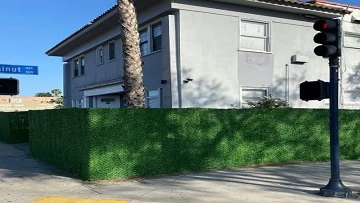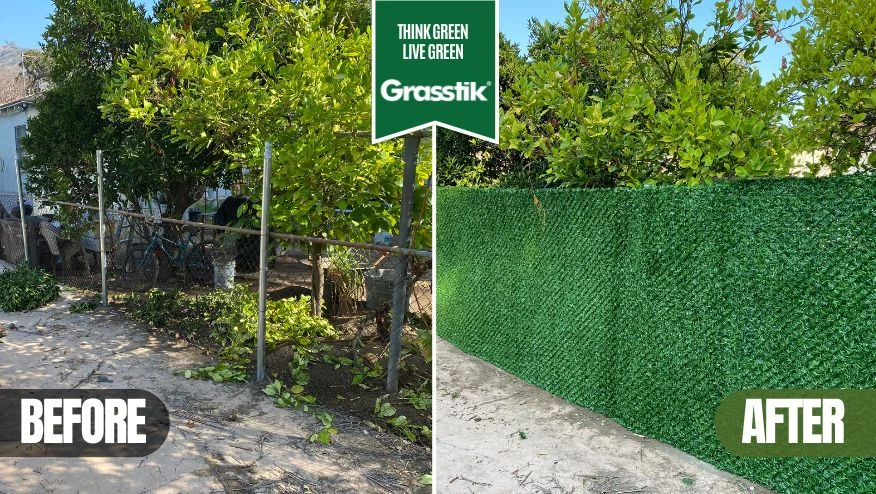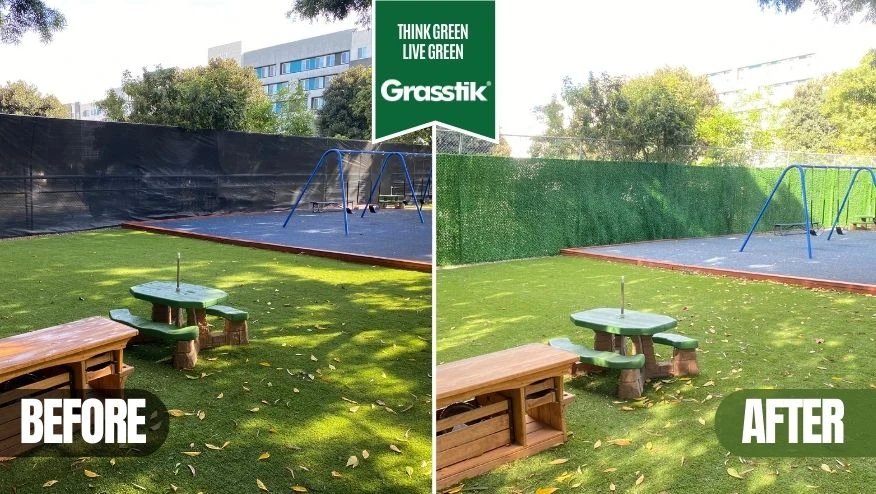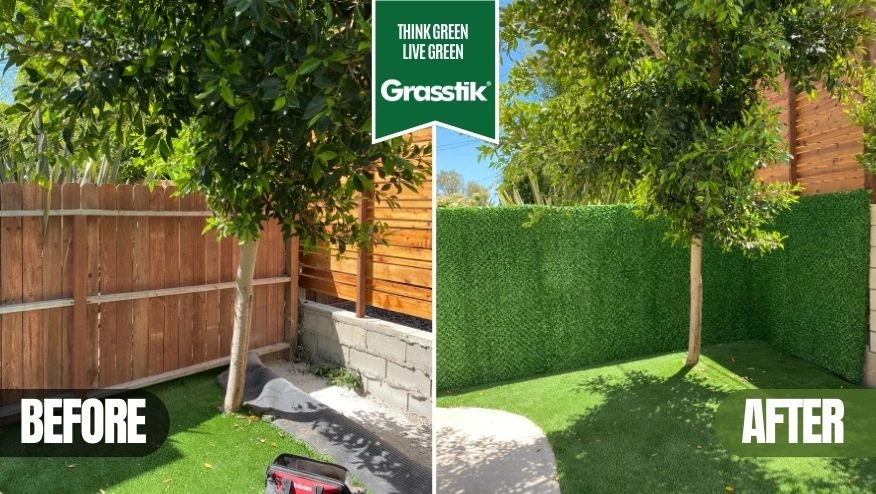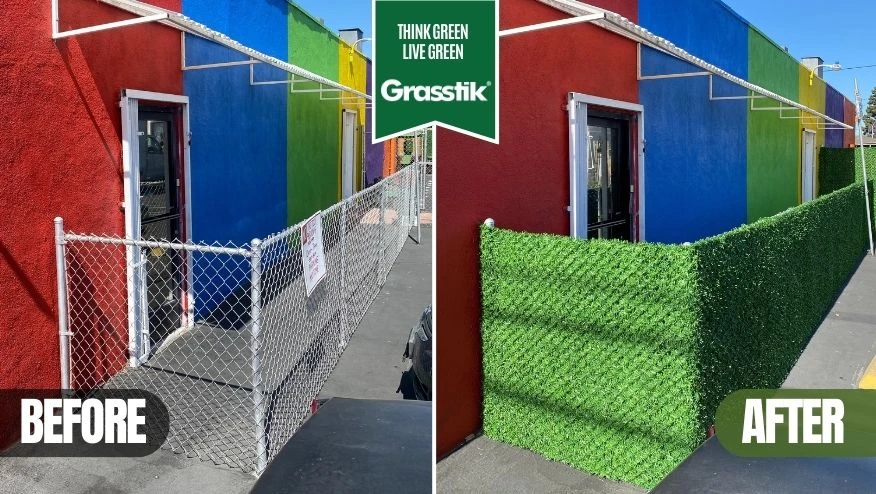
A safety fence is a barrier designed to protect people, pets, and property by preventing unauthorized access to specific areas and reducing the risk of accidents. These barriers can be made from various materials, including metal, wood, plastic, and wire, tailored to the needs of the location they secure. Safety fencing is crucial in delineating boundaries, enhancing privacy, and ensuring safety in both public and private spaces. Its versatility makes it suitable for numerous applications, from residential properties to industrial sites, offering a first line of defense against potential hazards.
Why are safety fences preferred?
Safety fences are preferred for several reasons that extend beyond simple boundary marking:
- Durability: Constructed from robust materials, safety fences withstand harsh weather conditions, providing long-term security.
- Versatility: With a variety of designs, from transparent mesh to solid panels, they cater to different security and aesthetic needs.
- Low Maintenance: Once installed, they require minimal upkeep to maintain their protective functions.
Additionally, a grass fence roll can be added to enhance seclusion for areas like backyards, offering both safety and privacy in one solution. This dual-purpose functionality makes safety fences an ideal choice for many property owners, balancing protective measures with aesthetic preferences.
For which areas are safety fences preferred?
Safety fences are versatile, making them preferred for various areas:
- Pool Fence: Ensuring the safety of children and pets by preventing accidental drowning.
- Roadside Fence: Reducing the risk of vehicles entering pedestrian zones or private property.
- Safety Fence for Construction: Securing construction sites to protect both workers and the public from potential hazards.
Using safety fence panels in these contexts not only enhances safety but also contributes to the orderly management of spaces, whether it’s for temporary or permanent installations.
Safety Fences for Pools
A safety fence for pools is crucial in preventing accidents and ensuring the safety of young children and pets. These barriers are designed to be climb-resistant and include self-closing, self-latching gates for added security. The swimming pool safety fence is often made from durable, see-through materials to provide unobstructed views of the water, making supervision easier without compromising safety.
Construction Safety Fences
For construction sites, grass fence panels serve a dual purpose by restricting unauthorized access and shielding the site from public view, thus minimizing theft and vandalism. A construction site safety fence is essential for delineating the work area, protecting passersby from construction debris, and ensuring the safety of workers by creating a defined boundary that keeps unauthorized individuals out.
Industrial Safety Fences
Industrial safety fencing is critical in factories, warehouses, and other industrial settings, where it protects workers from machinery, restricted areas, and other hazards. The use of an orange safety fence is common for its high visibility, indicating caution and demarcating specific zones within industrial environments for safety and operational efficiency.
Driveway Safety Fences
A driveway safety fence is designed to protect children and pets from entering the driveway or street, reducing the risk of accidents with vehicles. It acts as a physical barrier, encouraging drivers to slow down and be more aware of their surroundings, especially in residential areas where children are likely to play.
Safety Fence Regulations and Standards
Adhering to safety fence regulations and standards is paramount for effective protection. For instance, pool compliant fencing must meet specific height requirements, have no climbable features, and include a self-closing, self-latching gate to be considered safe. These standards ensure that safety fences serve their intended purpose, providing a secure environment that minimizes the risk of accidents and unauthorized access.
In conclusion, safety fences play an indispensable role in protecting individuals and property across various settings. From pools to construction sites and industrial areas, they provide a reliable barrier against potential dangers while also meeting regulatory standards. Their versatility and effectiveness make them a preferred choice for enhancing safety and security in both public and private spaces.

